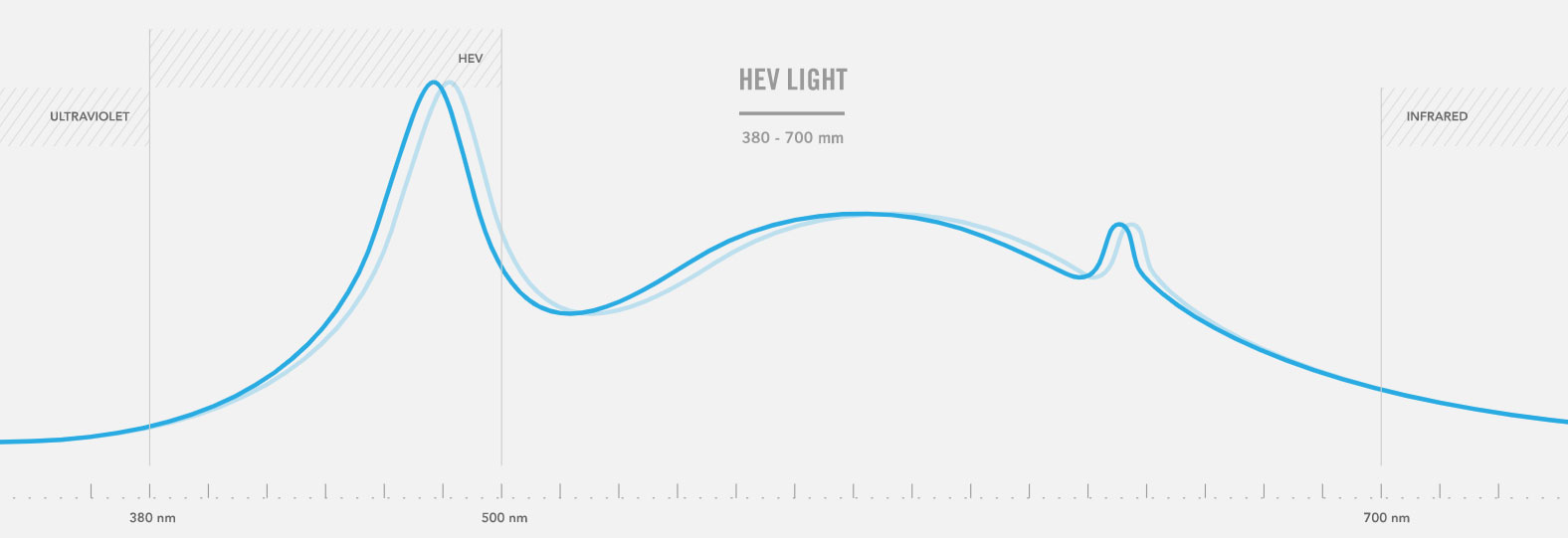Why Blue Light Glasses Should Be Your New WFH Essential (Even if You Don’t Need Glasses!)

Although working from home has its advantages, one of the cons is the increased number of hours spent online, whether for work and entertainment, and the damaging effects of the blue light emitted by screens on our eyes.
It’s harder and harder to break away from screens. In between conference calls, virtual doctor’s appointments, online courses, catching up with friends and family on Facetime, and binging on your favorite TV series from your phone, screens are dramatically taking more space in our daily routine.
No wonder that blue light glasses emerged as a stay at home must-have, and it is now placed at the top of the WFH necessities, together with ergonomic chairs and good cameras.
In this piece, Greg H., Optician with Vint & York, a NY-based eyewear brand that combines stylish frames with the latest in lens technology, will explain how blue light glasses work and what you should look for when investing in a pair.
Blue Light: Is it Really Bad For You?
You may be surprised to find out that blue light is actually all around us and we get a lot of it from the sun, naturally. In both its artificial or natural form, blue light has one of the shortest and highest energy wavelengths. Because of this, these High Energy Visible (HEV) wavelengths flicker and create a powerful glaring effect that reduces visual acuity and clarity.

When we get it naturally from the sun, the HEV wavelengths are highly filtered and dispersed due to colliding with air molecules. Thanks to this, we can process it easily and actually use it to regulate our natural sleep and wake cycles.
The problem appears when we get it artificially from screens, unfiltered. The short wavelengths don’t encounter any barrier in reaching our eyes. Over prolonged exposure (which is much less than one would think – not more than 4h every day) causes eye strain, difficulties in sleeping, headaches, and physical and overall mental fatigue.
This is where blue light blocking glasses come – they are acting as a barrier between our eyes and the blue HEV wavelengths. However, to do this, a lot of work goes into how the lenses are designed and coated to actually stop harmful wavelengths.
How Do Blue Light Glasses Work?
To have an efficient blocking lens filter, the lenses are equipped with special coatings embedded in them. The most important coatings that help are the anti-reflective layer and the blue block coating. Both minimize the amount of light reflected away from the eye, reducing distracting glare and protecting the retina from wavelengths that scientists have found to be most harmful (380 nm – 500 nm).
The first anti-reflective layer is a significant component of how blue light glasses work – it’s designed to remove glare and allow most light to pass through the lenses.
The blue block coatings act as a second filter that deflects the short-wavelength rays of light from reaching your eyes. Depending on the technology and the coatings eyewear companies use, blue light glasses can remove between 50% to 100% of the harmful high energy visible (HEV) light, allowing only the light which is beneficial for good vision to pass through the lens. Here’s how it works in reality (this video is from Vint & York’s own test on their blue light glasses)
The Benefits of Wearing Blue Light Glasses
If you have ever suffered from eye strain and headaches after a long day at the office, or if you have ever had trouble sleeping after scrolling on your phone or tablet right before you went to bed, chances are this type of lens can benefit these situations even if you don’t need any visual correction – here’s why:
- They Alleviate Eye Strain
If you’ve ever experienced sore eyes and headaches, you definitely know how harmful blue light can be. Prolonged exposure to blue light will cause premature aging to your retinas and macular degeneration, ultimately leading to loss of sight. Wearing a pair of blue light blocking glasses can prove very effective in the long run. - They Eliminate Screen Glare
Most digital devices have reflective surfaces which lead to the glare-effect, or one of the most common causes of eyestrain. The anti-reflecting layer prevents glares and blurry vision while increasing contrast for a better, less-straining screen experience. - They Improve Your Sleep
Studies have shown that blue light suppresses melatonin production, a hormone that helps you sleep at night and regulates your circadian rhythm. And if you cannot abide by the advice that suggests putting away all screen devices at least one hour before going to bed, at least make sure that you wear your blue light blocking glasses even in your downtime, after you’re done working.
Do You Really Need Blue Light Glasses?
You might not need blue light glasses if you can reduce your screen time to less than four hours a day – otherwise, the American Optometric Association recommends that you wear a pair. Although blue light glasses are first and foremost functional glasses, don’t forget about style.
A stylish pair of glasses will simply get used more. Even if your eyesight is flawless and you do not require a prescription, do consider investing in a pair that you actually like and enjoy wearing, taking your look to the next level.
Vint & York has created a multiple-part guide on choosing glasses to compliment your face shape – they are also running free One on One consultations with eyewear experts on what glasses best fit your face and style – you can book yours on their website.
This article was written by Greg Hyams – optician with Vint & York. Vint & York is a New York brand founded in 2012, that takes the best vintage silhouettes and reimagines them into timeless, modern frames that are stylish, chic, and sophisticatedly nostalgic. The result looks very much like a vintage find, but is supported by modern construction. Better yet, you get present-day standard features, including impact resistance, blue light filters and UV protection.
Have you read?
World’s Best Universities.
World’s Best Fashion Schools.
World’s Best Medical Schools.
Bring the best of the CEOWORLD magazine's global journalism to audiences in the United States and around the world. - Add CEOWORLD magazine to your Google News feed.
Follow CEOWORLD magazine headlines on: Google News, LinkedIn, Twitter, and Facebook.
Copyright 2025 The CEOWORLD magazine. All rights reserved. This material (and any extract from it) must not be copied, redistributed or placed on any website, without CEOWORLD magazine' prior written consent. For media queries, please contact: info@ceoworld.biz








